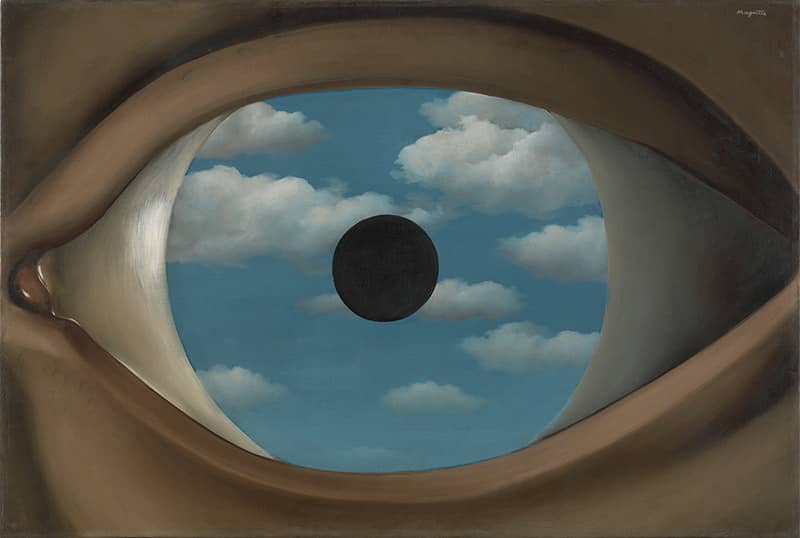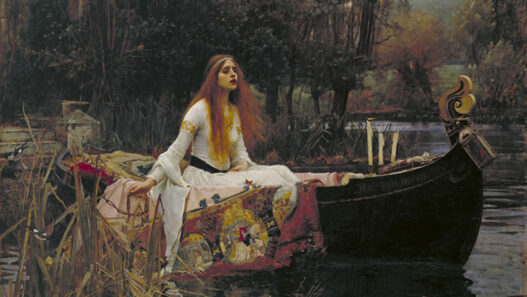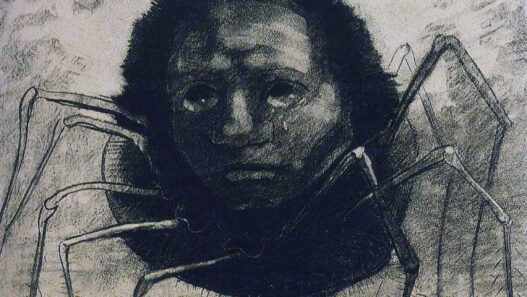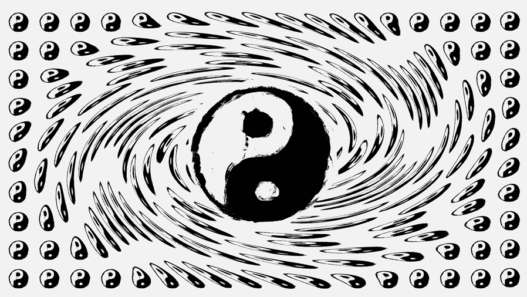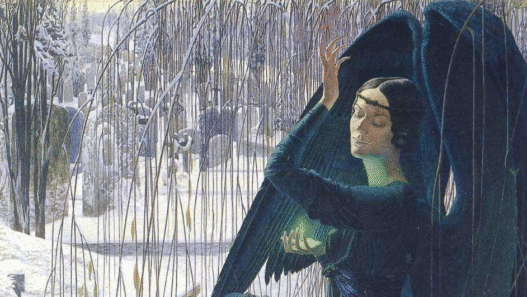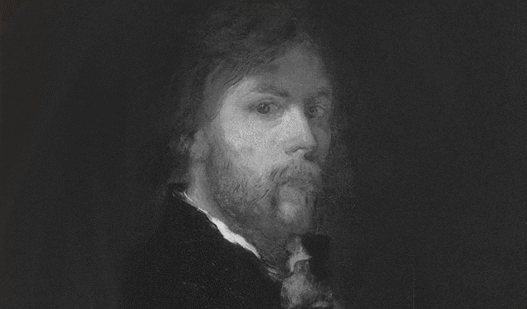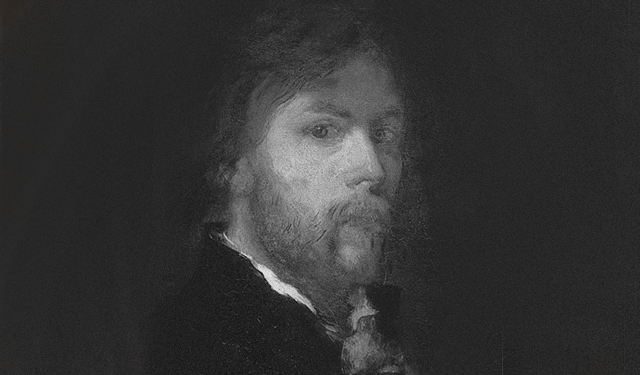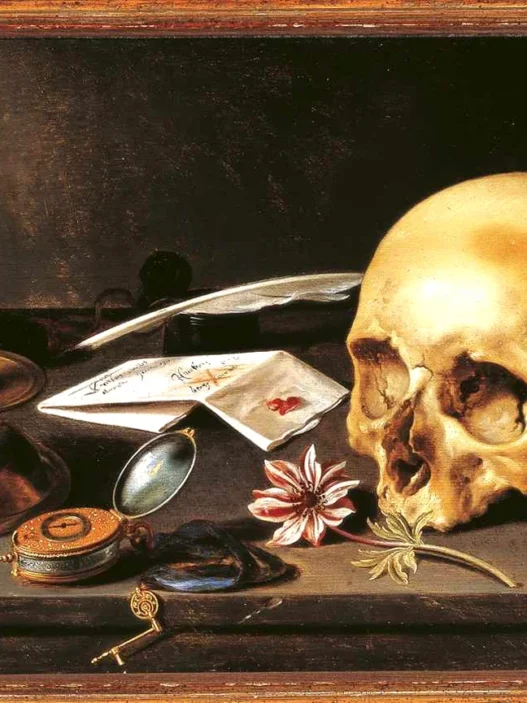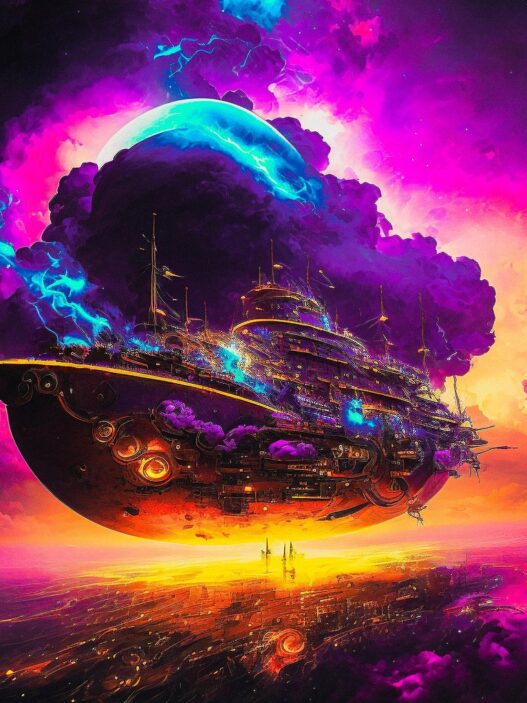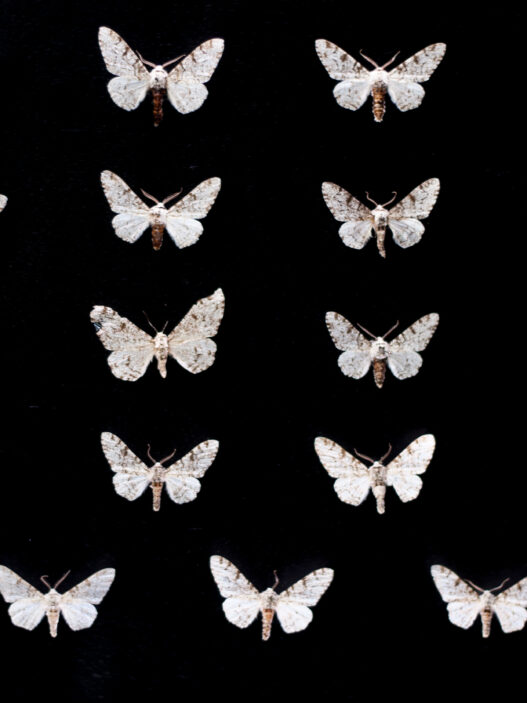Introduction
Symbolism and Myth in Gustave Moreau’s Work was an ode to imagination, dreams, and the supernatural. This blog explores the life, inspirations, and artistic contributions of Gustave Moreau, delving into the profound symbolism that shaped his visionary creations.
Early Life and Inspirations
Born on April 6, 1826, in Paris, Gustave Moreau was nurtured in an artistic environment, with his father being an architect.
His passion for art ignited at a young age, and he drew inspiration from the mythological tales, biblical narratives, and literature he encountered during his formative years.
The works of Eugene Delacroix also left an indelible impression on Moreau, molding his early artistic inclinations. These early influences would later become essential in developing the symbolism in Gustave Moreau’s work.
Artistic Journey
Moreau’s artistic journey began with formal training at the École des Beaux-Arts in Paris. His early works embraced historical themes, showcasing the influence of the Romantic style.
However, as time progressed, he found solace in the realm of symbolism, embracing the mysterious, the imaginative, and the otherworldly.
Moreau was not one to adhere to conventions, and his art flourished when he discovered the boundless possibilities of the Symbolist movement.
Becoming a Pioneer of Symbolism
Gustave Moreau emerged as a pioneer of Symbolism, a movement that sought to delve into the hidden recesses of the subconscious and the spiritual.
His art went beyond mere representation, transforming the canvas into a portal for the viewer to explore the complexities of the human psyche.
He meticulously blended myth, fantasy, and religious motifs, creating a visual language that stirred emotions and provoked introspection.
Themes and Symbolism
The hallmark of Moreau’s art lay in his profound exploration of symbolism. His canvases depicted dreamlike landscapes, enchanting sirens, celestial beings, and allegorical figures that evoked the mystical and the transcendent.
Themes of love, fate, desire, and the eternal struggle between good and evil are common when discussing symbolism in Gustave Moreau’s work. Through an exquisite blend of colours, symbolism, and delicate brushwork, Moreau’s art mirrored the enigmatic facets of the human experience.
Legacy and Recognition
Gustave Moreau’s art was met with both admiration and critique during his lifetime. As a master of symbolism, he was celebrated by a circle of like-minded artists, including Odilon Redon and Fernand Khnopff.
Today, Moreau’s legacy lives on in the halls of the Musée Gustave Moreau in Paris, where his artistry is enshrined and celebrated. His influence extended beyond the Symbolist movement, paving the way for later artists and movements that explored the realm of the mysterious and the subconscious.
Conclusion
Gustave Moreau’s artistic journey was a revelation of the human spirit’s deepest yearnings and fears.
His visionary contributions to Symbolism left an indelible mark on the art world, inspiring artists to embrace the power of imagination and delve into the labyrinth of symbolism.
Moreau’s art continues to captivate viewers, inviting them to wander through the realms of dreams and fantasy, reminding us that true artistry transcends the boundaries of time and space.
